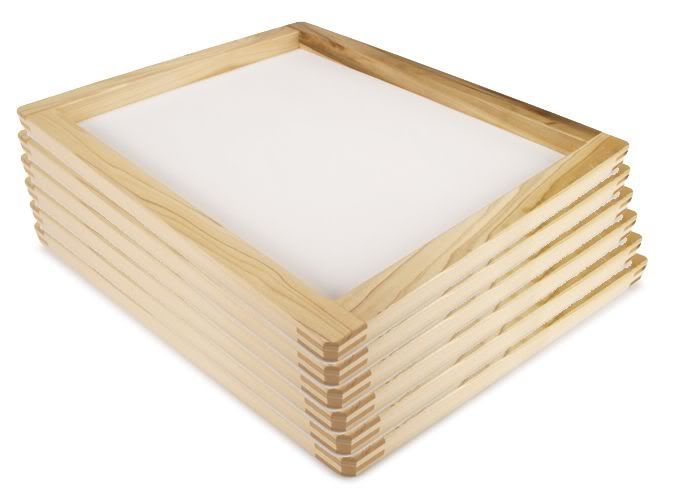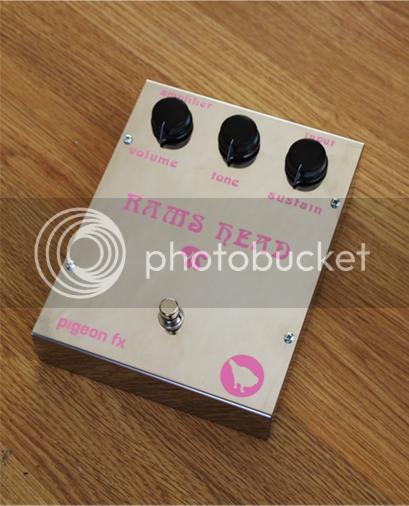Hello guys,
I want to make up some screen printing screens (Just a sturdy box frame will a mesh on oneside), so need to join up some wood and only have a band saw at my disposal!
SO, being a total woodwork novice I would love to hear some thoughts on how I can get something close to this....but only using joints that can be cut on a Bandsaw????

I want to make up some screen printing screens (Just a sturdy box frame will a mesh on oneside), so need to join up some wood and only have a band saw at my disposal!
SO, being a total woodwork novice I would love to hear some thoughts on how I can get something close to this....but only using joints that can be cut on a Bandsaw????






